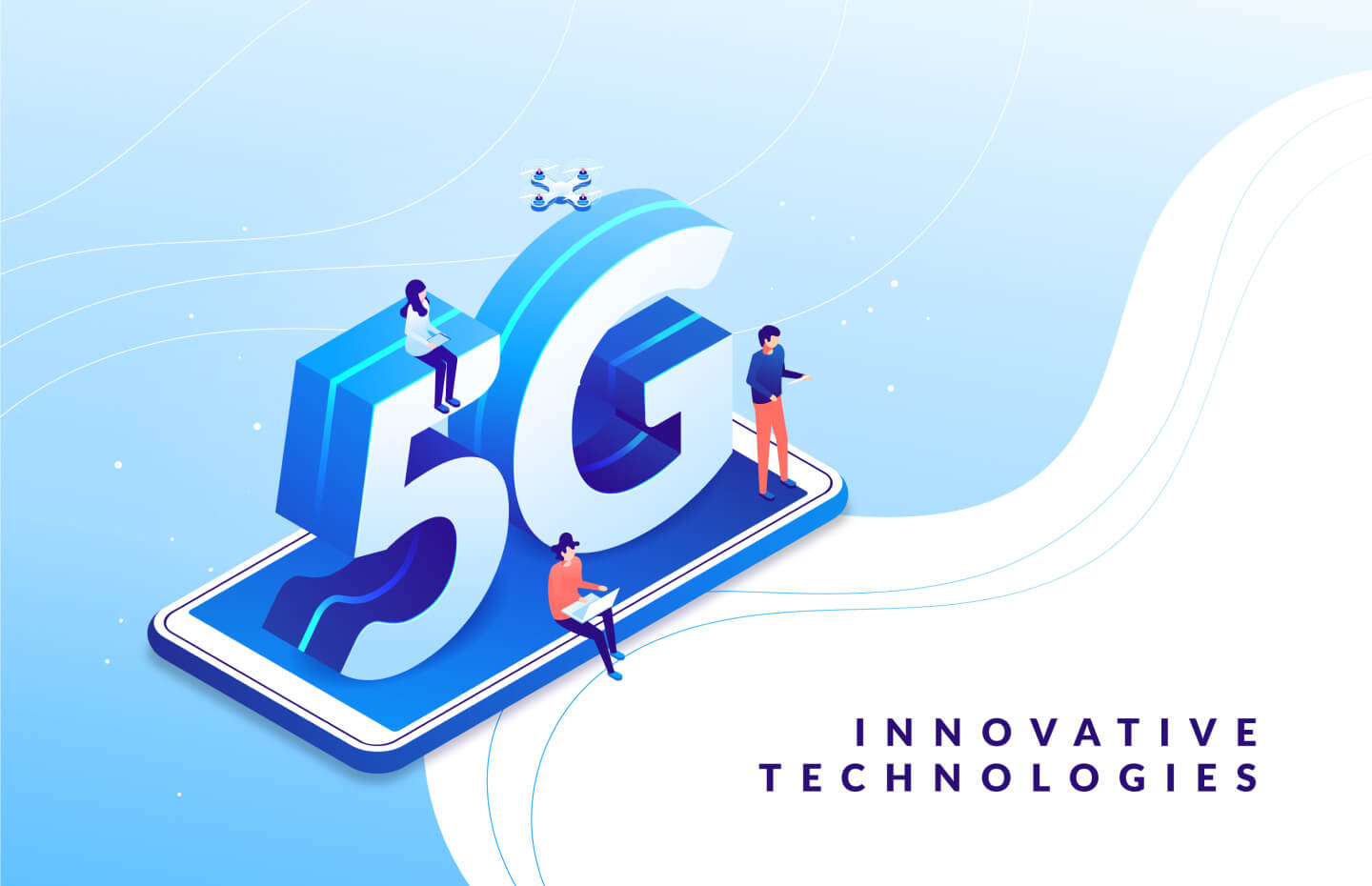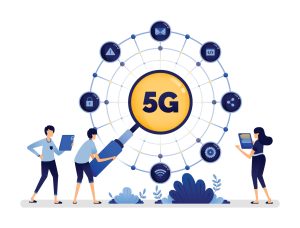The rollout of 5G technology marks a significant advancement in telecommunications, promising faster speeds, lower latency, and enhanced connectivity for a wide range of applications. This article delves into the deployment of 5G networks, discussing its definitions, advantages, disadvantages, and offering practical insights on implementation and management.
Understanding 5G Rollout

5G rollout refers to the deployment and expansion of fifth-generation (5G) wireless networks, aimed at delivering high-speed, low-latency connectivity to support a multitude of devices and applications. Unlike its predecessors, 5G leverages advanced technologies such as millimeter wave frequencies, massive MIMO (Multiple Input Multiple Output), and network slicing to achieve faster data transfer rates and improved network reliability.
Advantages of 5G Rollout
- Enhanced Speed and Bandwidth: 5G offers significantly faster download and upload speeds, enabling quicker access to data-intensive applications like HD streaming and real-time gaming.
- Lower Latency: Reduced latency in 5G networks supports real-time communication and enhances responsiveness critical for applications such as autonomous vehicles and remote surgeries.
- Capacity for IoT and Smart Devices: With increased network capacity, 5G can accommodate a larger number of connected devices simultaneously, facilitating the growth of IoT (Internet of Things) and smart city initiatives.
- Economic Growth and Innovation: 5G rollout is expected to drive economic growth through enhanced productivity, new business opportunities, and innovation across various sectors.
- Improved Network Efficiency: Advanced technologies in 5G networks optimize spectrum utilization and network efficiency, reducing operational costs and energy consumption.
Disadvantages of 5G Rollout
- Infrastructure Costs: Deploying 5G infrastructure, including new towers and equipment, involves substantial upfront costs for telecom operators and service providers.
- Coverage Challenges: Initial deployment may face challenges in achieving comprehensive coverage, especially in rural or remote areas, due to the need for denser network infrastructure.
- Compatibility and Interoperability: Ensuring compatibility and seamless interoperability between existing networks (4G LTE) and new 5G technologies requires careful planning and integration.
- Security Concerns: Increased connectivity in 5G networks raises cybersecurity risks, necessitating robust security measures to protect data, devices, and network infrastructure.
- Regulatory and Environmental Considerations: Compliance with regulatory requirements and addressing environmental concerns related to 5G infrastructure deployment are ongoing challenges.
Tutorial: Implementing and Managing 5G Rollout
- Network Planning and Design: Conduct thorough site surveys and planning to determine optimal locations for 5G base stations and antenna placements.
- Spectrum Allocation: Obtain necessary spectrum licenses and allocate frequency bands suitable for 5G deployment, ensuring compliance with regulatory standards.
- Infrastructure Deployment: Deploy 5G infrastructure, including small cells, antennas, and backhaul networks, to support high-speed data transmission and network reliability.
- Testing and Optimization: Conduct rigorous testing and optimization of 5G networks to ensure performance, coverage, and reliability meet expected standards.
- User Education and Adoption: Educate users and stakeholders about the benefits of 5G technology, addressing concerns and promoting adoption through awareness campaigns and demonstrations.
Conclusion
The rollout of 5G technology represents a pivotal milestone in advancing global connectivity, offering unprecedented speed, low latency, and capacity to support emerging technologies and applications. Despite challenges such as infrastructure costs, coverage limitations, and security considerations, the potential benefits of enhanced connectivity, economic growth, and innovation make 5G rollout a transformative force in shaping future digital landscapes. By adopting strategic planning, leveraging advanced technologies, and prioritizing regulatory compliance and cybersecurity, stakeholders can successfully navigate and capitalize on the opportunities presented by 5G technology.
Stay tuned to KlikDot for more insightful articles and tutorials on 5G technology, emerging trends, and practical implementations in telecommunications and beyond.







Tinggalkan komentar